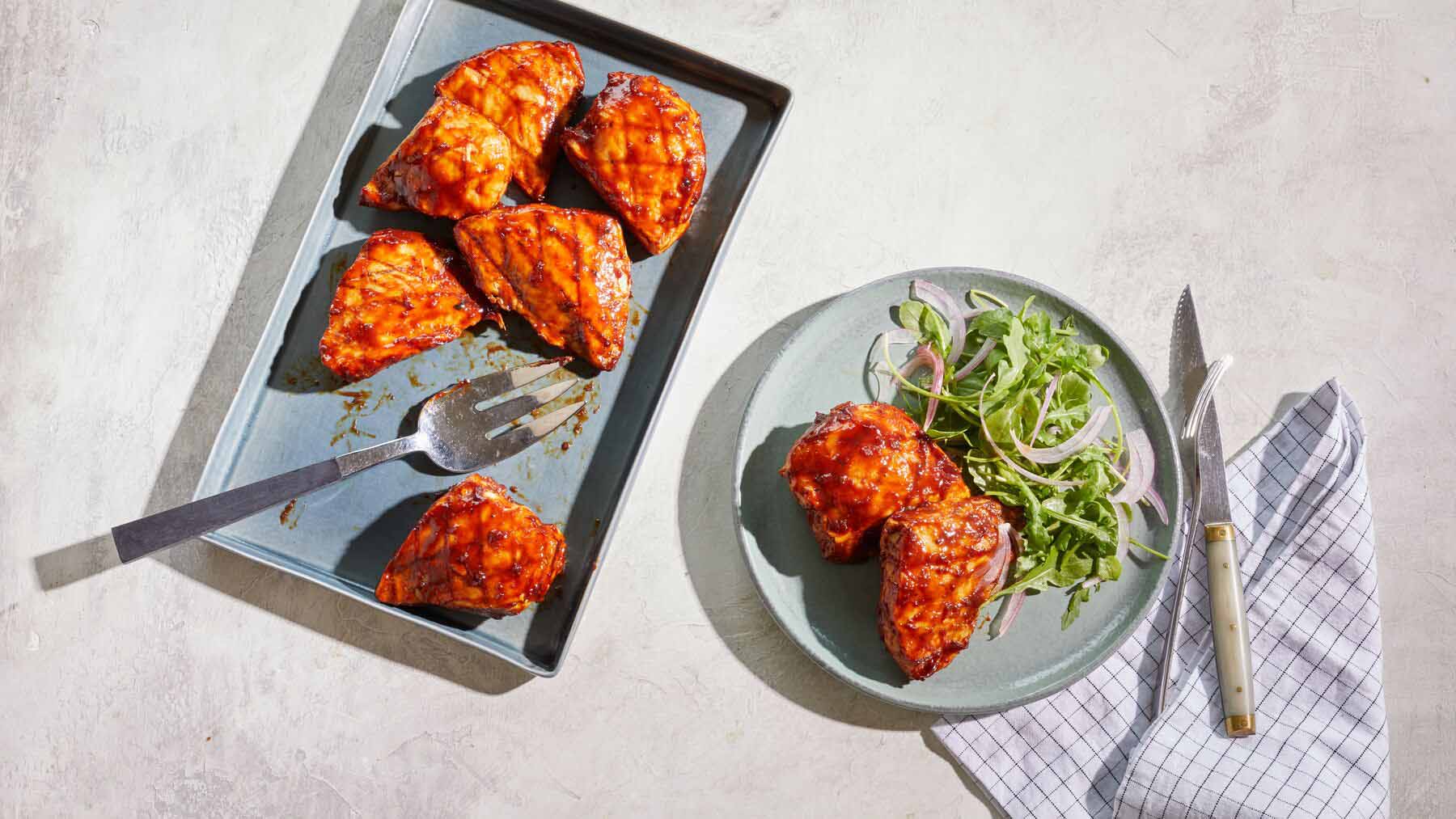How to manage your portions


Portion control is often framed as a concept that puts limitations on the foods you can enjoy when in reality the inverse is true. Portion control gives you the freedom to eat your favourite foods on a regular basis, replacing thoughts of guilt or the sensation of being “out of control” with informed empowerment and ownership of your actions and wellbeing.
Eat small meals frequently
The biggest culprit for sabotaging portion control efforts? Allowing yourself to get so hungry that the idea of eating regular portions goes right out the window. While some people might find the routine of three meals a day to be sufficient for their dietary needs, many others will be met with feelings of hunger between meals. Eating smaller meals more frequently throughout the day will help ensure you don’t reach the stage where your stomach, not your brain, dictates how much food you eat.
Snack smartly
Whether you’re snacking or eating several mini-meals throughout the day, you’ll feel more satiated and energized if you make a habit of consuming the correct ratio of macronutrients. Aim for plenty of high fibre foods such as fruits, vegetables, and legumes, a serving of lean protein and a smaller serving of healthy fat. Examples of these snack combinations include whole grain toast with avocado, water-packed tuna mixed with plain yogurt in lettuce wraps or a small fruit salad with a handful of toasted, unsalted nuts.
Stay hydrated
Regularly drinking water throughout the day is always a good idea, but did you know it’s a particularly effective habit when it comes to portion control? The next time you’re feeling hungry, ask yourself if you’re actually thirsty — research shows that thirst signals are relatively weak when compared to hunger cues. Signs of true hunger are a grumbling, gurgling or empty sensation in your stomach while signs of thirst are sluggishness, accelerated heart rate or dry eyes; nausea, headache and/or dizziness are associated with both hunger and thirst. The next time you’re feeling mild to moderately hungry, try drinking a large glass of water first and then waiting 20 minutes. If you’re still hungry, it’s time to get something to eat.
Eat off of smaller plates — at least in the beginning
It can be tricky to eyeball smaller portions, especially when the concept of portion control is still new. Eating off of a smaller plate (such as a salad plate) makes portion control a more intuitive experience so that when you inevitably eat off of a larger plate, you’re already aware of what a portion of food looks like.
Use Canada’s food guide snapshot for guidance
Canada’s new food guide suggests filling half your plate with leafy greens, veggies and fruit, one quarter of your plate with lean protein and the remaining quarter with whole grain foods. These new guidelines make building healthy, filling meals made with almost entirely all WW ZeroPoints items even easier.
Learn the shape of serving sizes
While a food scale is a helpful and important component of a healthy eating plan, it isn’t practical to expect all of your meals to be precisely measured. Using your hand as a guide for serving sizes is a simple and surprisingly accurate way to measure your food intake.
- A serving of protein should be the size of your palm and the thickness of your little finger.
- A serving of whole grains should be about the size of your fist.
- A serving of fat is the same size as the tip of your thumb.
- A serving of leafy greens, veggies and fruit can be as much as you can theoretically hold in both of your hands.
